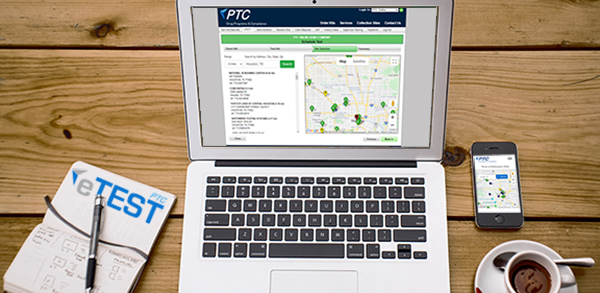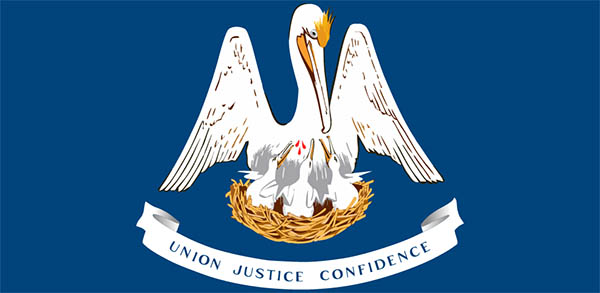Oregon voters approved two groundbreaking measures in the 2020 election season to become the first state in the nation to decriminalize personal possession of small amounts of certain controlled substances (Measure 110) and legalize the therapeutic usage of psilocybin in a controlled therapy setting (Measure 109). Many employers may be wondering what these measures mean and how their workplaces and existing employment policies might be impacted.
Measure 110
Oregon voters approved Measure 110, titled the Drug Addiction Treatment and Recovery Act, making personal noncommercial possession of a small amount of a controlled substance in Schedules I-IV no more than a Class E violation resulting in a maximum fine of $100. Measure 110 also establishes a drug addiction treatment and recovery program funded in part by the state’s marijuana tax revenue and state prison savings. Measure 110 goes into effect on February 1, 2021. The measure does not apply retroactively to past convictions.
Some notable Schedules I–IV controlled substances specifically mentioned in Measure 110 that will be reclassified to a Class E violation include the following:
- Heroin
- Methamphetamine
- Cocaine
- LSD
- MDMA
- Oxycodone
- Methadone
An individual caught with possession will be issued a citation for a fine up to $100. If an individual fails to pay the fine, it appears that he or she will suffer little consequence as failing to do so will “not be a basis for further penalties or for a term of incarceration.” An individual can have the fine waived if he or she completes a health assessment within 45 days of receiving the citation. The individual is not required to undergo addiction recovery treatment, but rather must complete only the health assessment to have the fine waived. Health assessments must be conducted through addiction recovery centers and include substance use disorder screenings performed by certified alcohol and drug counselors. Upon completion of a health assessment, the individual may express a desire to undergo treatment, at which point a case manager must work with the individual to design an “Individual Intervention Plan” for treatment.
An individual who manufactures or distributes illegal drugs is still subject to a criminal penalty. An individual with two or more prior convictions for unlawful possession of a usable quantity of a controlled substance is subject to a criminal penalty if convicted of possession a third time.
Measure 109
Oregon voters also approved Measure 109, titled the Oregon Psilocybin Services Act, authorizing the Oregon Health Authority (OHA) to create a program to permit licensed service providers to administer psilocybin-producing mushroom and fungi products to individuals 21 years of age or older in therapeutic settings. While Measure 109 prohibits the possession, manufacturing, and consumption of psilocybin outside of service centers, Measure 110 makes the personal or noncommercial possession of psilocybin no more than a Class E violation with a maximum penalty of a $100 fine or a completed health assessment. The OHA has a two-year period to develop the psilocybin program and create regulations governing the purchase, possession, and consumption of psilocybin at psilocybin service centers.
Impact on Employers of Individuals With Professional and Occupational Licenses
Measure 110 will impact the regulation of occupational and professional licenses. Section 670.280 of the Oregon Revised Statutes sets forth standards for the denial, suspension, or revocation of an occupational or professional license. This section includes the regulation of licenses for nurses, nursing assistants, teachers, psychologists, therapists, dentists, and pharmacists, among others. An employer of one of these licensed individuals may want to be aware that convictions for drug offenses under Measure 110 may no longer lead to a licensing board’s denial, suspension, or revocation of the individual’s occupational or professional license.
Measure 110 limits the ability of a licensing board, commission, or agency to deny an occupational or professional license or impose discipline on a licensee who has a conviction for a Class E violation (e.g., possession of methamphetamine, heroin, etc.). The limitation exists because Measure 110 amends ORS 670.280 to create a “rebuttable presumption” that an applicant’s or licensee’s existing or prior conviction of a Class E violation “does not” render the person unfit to obtain or hold a license. Measure 110 also amends ORS 670.280 to create a “rebuttable presumption” that such a conviction also “is not related to the fitness and ability” of the applicant or licensee to engage in the activity for which the license is required. For example, if a nurse or teacher is convicted of possessing a personal amount of methamphetamine, the licensing board will have to overcome Measure 110’s “rebuttable presumption” to deny, revoke, or suspend the individual’s license.
Impact on Employer Hiring and Drug Testing Practices
Measure 109 and Measure 110 will not impact an Oregon employer’s ability to consider an applicant’s conviction history when making a hiring decision. Subject to Oregon’s and Portland’s respective “ban the box” laws, an employer may still consider criminal convictions—including reclassified convictions under Measure 110—when making hiring decisions.
While Measure 110 does not apply retroactively to past convictions, individuals will likely start seeking to expunge their past convictions. An employer considering whether to hire an applicant may want to keep in mind that Oregon law still prohibits an employer from discriminating against an applicant or employee on the basis of an expunged juvenile record, unless the decision is based on a bona fide occupational qualification that is reasonably necessary for normal business operations.
Measure 109 and Measure 110 do not impact an Oregon employer’s drug testing or drug-free workplace practices. Schedules I–IV controlled substances remain illegal under federal law and neither measure requires an employer to tolerate on-the-job drug possession, reporting to work impaired, or continued employment of an individual who violates an employer’s legally compliant drug testing or drug-free workplace policies.
Impact on Employer Disability Accommodation Processes
Measure 109’s legalization of psilocybin for therapeutic usage to treat various conditions such as depression, post-traumatic stress disorder, and anxiety raises concerns about the interplay between Measure 109 and disability discrimination laws. In the future, an employer may face disability claims when taking adverse action against an employee who undergoes therapeutic usage of psilocybin and violates the employer’s drug testing or drug-free workplace policies.
Measure 109 does not address how an employer should handle accommodation requests from an employee who undergoes psilocybin treatment. Since Measure 109 will not be implemented for another two years, it is possible that the issue will be addressed in the OHA’s regulations once they are published. Nonetheless, the Oregon Supreme Court’s decision in Emerald Steel Fabricators, Inc. v. Bureau of Labor & Industries, 348 Or. 159 (2010), suggests that an Oregon employer would not have to accommodate an employee’s therapeutic usage of psilocybin. In Emerald Steel Fabricators, the Oregon Supreme Court held that an employer did not need to engage in the interactive process or accommodate an employee for the use of medical marijuana. The court found that marijuana—a Schedule I controlled substance—remains illegal under federal law and thus federal law preempts Oregon’s medical marijuana laws. Like marijuana, psilocybin is also a Schedule I substance under the federal Controlled Substances Act and remains illegal under federal law. As such, it is likely that courts will follow Emerald Steel Fabricators and find that an Oregon employer need not engage in an interactive process or otherwise accommodate an employee’s therapeutic usage of psilocybin.
Overall, these measures make unprecedented changes to drug enforcement laws but have less of an impact on employer workplace policies and practices. That said, employers may want to take steps to ensure they remain in compliance with existing drug testing, ban-the-box, and disability accommodation laws.








